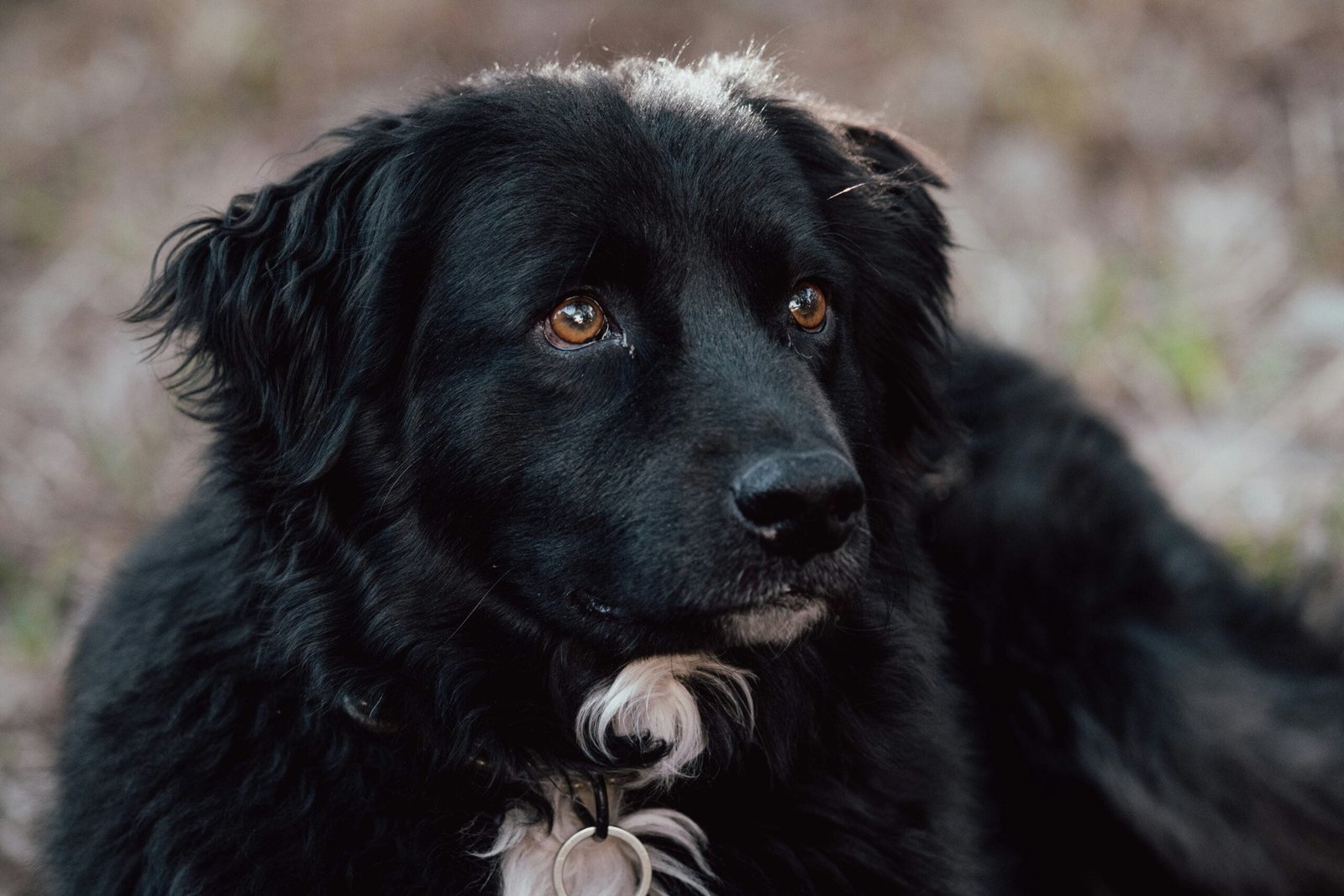
How to Identify a Borador: Traits and Characteristics
Introduction to the Borador
The Borador is a popular hybrid dog breed, a cross between a Border Collie and a Labrador Retriever. Known for their intelligence and friendly nature, Boradors make excellent family pets and working dogs. However, identifying a Borador can be challenging due to the blend of traits inherited from both parent breeds.
Physical Characteristics
One of the most distinctive features of a Borador is its size. Typically, Boradors are medium to large-sized dogs, weighing between 40 to 65 pounds. They have a well-built, athletic body with a coat that ranges from short to medium length. The coat can come in various colors, including black, brown, and a mix of both, often with white markings. Their ears are usually medium-sized and may be erect or slightly floppy, resembling those of a Border Collie or a Labrador.
Behavioral Traits
Behaviorally, Boradors inherit the best qualities of both parent breeds. They are highly intelligent, thanks to their Border Collie lineage, and possess the friendly, outgoing nature of a Labrador Retriever. Boradors are known for their high energy levels and require regular exercise to stay healthy and happy. They are also very trainable and excel in obedience training, making them suitable for various roles, from family companions to service dogs.
Health and Care
Maintaining the health of a Borador involves regular vet check-ups and a balanced diet. They are generally healthy dogs but can be prone to genetic issues such as hip dysplasia, which is common in both parent breeds. Regular grooming is essential to keep their coat in good condition, especially if they inherit the Border Collie’s thicker fur.
Conclusion
Identifying a Borador involves looking at a combination of physical characteristics and behavioral traits. Their unique blend of intelligence, energy, and friendliness makes them a beloved hybrid breed. Understanding these traits will help you recognize and properly care for a Borador, ensuring a happy and healthy life for your furry friend.
American Dingo animal behavior Budget Tips canine behavior Canine Care Canine Health DIY pet projects dog behavior Dog Breeds dog care Dog Care Tips dog exercise Dog Food Dog Grooming dog health Dog Measurement dog nutrition dog ownership dog potty area Dog Training Dog Wound Care Family Pets Hunting Dogs lipomas in dogs newborn puppy care obedience training outdoor pet care Pet Care Pet Care Tips Pet Health Pet Loss Pet Safety pet tips pet training Positive Reinforcement Potty Training Puppy Care puppy health Puppy Training Rabies in Dogs Temperature Monitoring Training Tips veterinary advice Veterinary Care Veterinary Tips
-
 Dog Breeding Age Guide 2025: Optimal Timing for Females & Males (+ Vet-Approved Risks)
4 views
Dog Breeding Age Guide 2025: Optimal Timing for Females & Males (+ Vet-Approved Risks)
4 views -
 How to Identify an Australian Stumpy Tail Cattle Dog
3 views
How to Identify an Australian Stumpy Tail Cattle Dog
3 views -
 13 Must-Know 2025 Pet Hotel Stats: Market Boom, Profit Margins & Future Trends Revealed
2 views
13 Must-Know 2025 Pet Hotel Stats: Market Boom, Profit Margins & Future Trends Revealed
2 views -
 Labradoodle vs. Cockapoo: Understanding the Differences
2 views
Labradoodle vs. Cockapoo: Understanding the Differences
2 views -
 How to Teach Your Dog to Use the Restroom at a Designated Location
2 views
How to Teach Your Dog to Use the Restroom at a Designated Location
2 views -
 Daylight Saving Time & Dogs: Vet-Reviewed Effects on Canine Sleep, Behavior & Adjustment Tips
2 views
Daylight Saving Time & Dogs: Vet-Reviewed Effects on Canine Sleep, Behavior & Adjustment Tips
2 views -
 Dog Drug Testing: Vet-Approved Methods for Urine vs. Hair Tests & How to Ensure Accurate Results
2 views
Dog Drug Testing: Vet-Approved Methods for Urine vs. Hair Tests & How to Ensure Accurate Results
2 views -
 What It’s Really Like to Travel with a Guide Dog
1 view
What It’s Really Like to Travel with a Guide Dog
1 view -
 How to Measure Your Dog’s Height Correctly
1 view
How to Measure Your Dog’s Height Correctly
1 view -
 Pitbull Allergies: 7 Vet-Approved Signs, Treatments & How to Protect Your Dog (2025 Guide)
1 view
Pitbull Allergies: 7 Vet-Approved Signs, Treatments & How to Protect Your Dog (2025 Guide)
1 view










Leave a Reply
You must be logged in to post a comment.